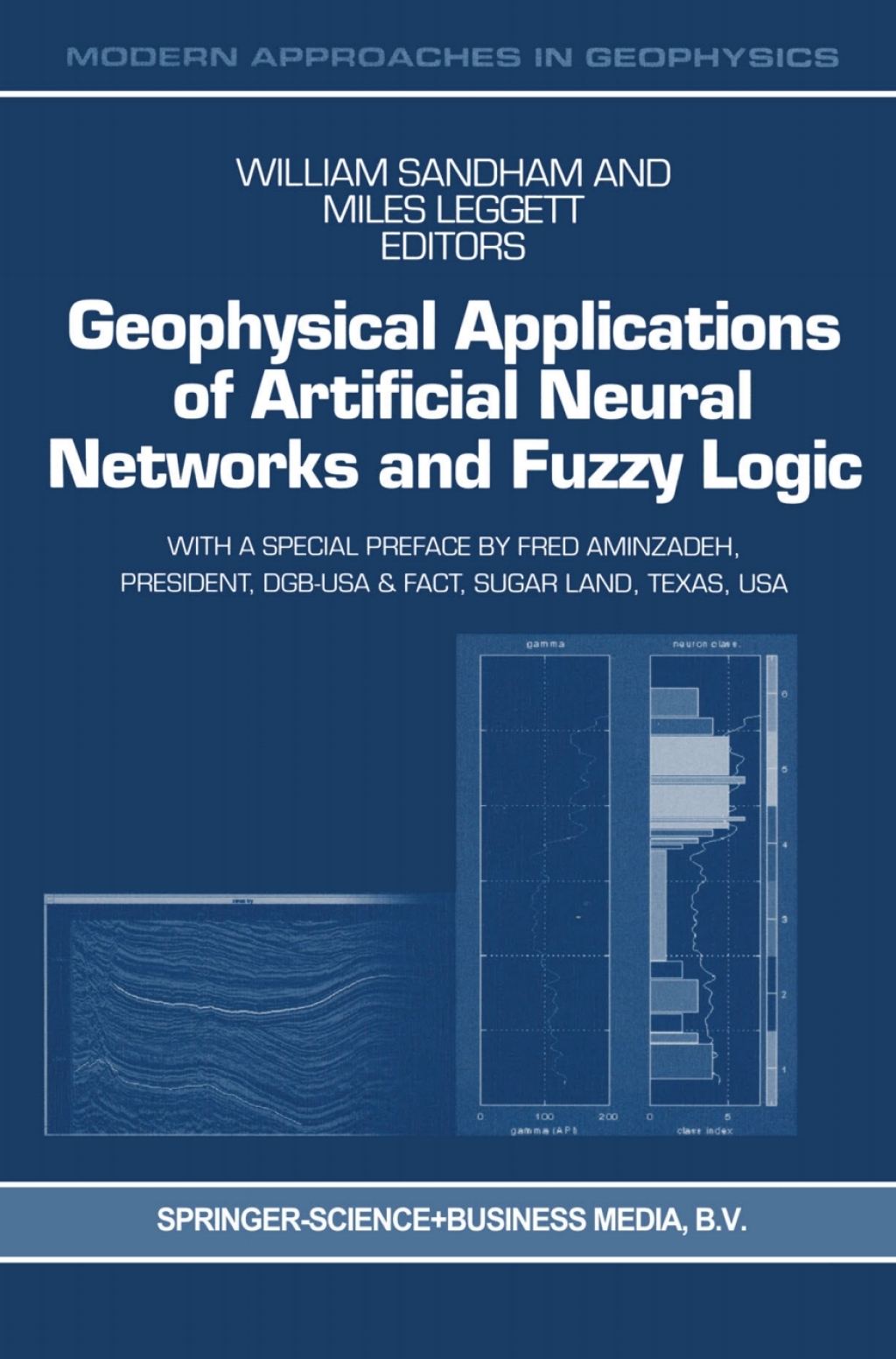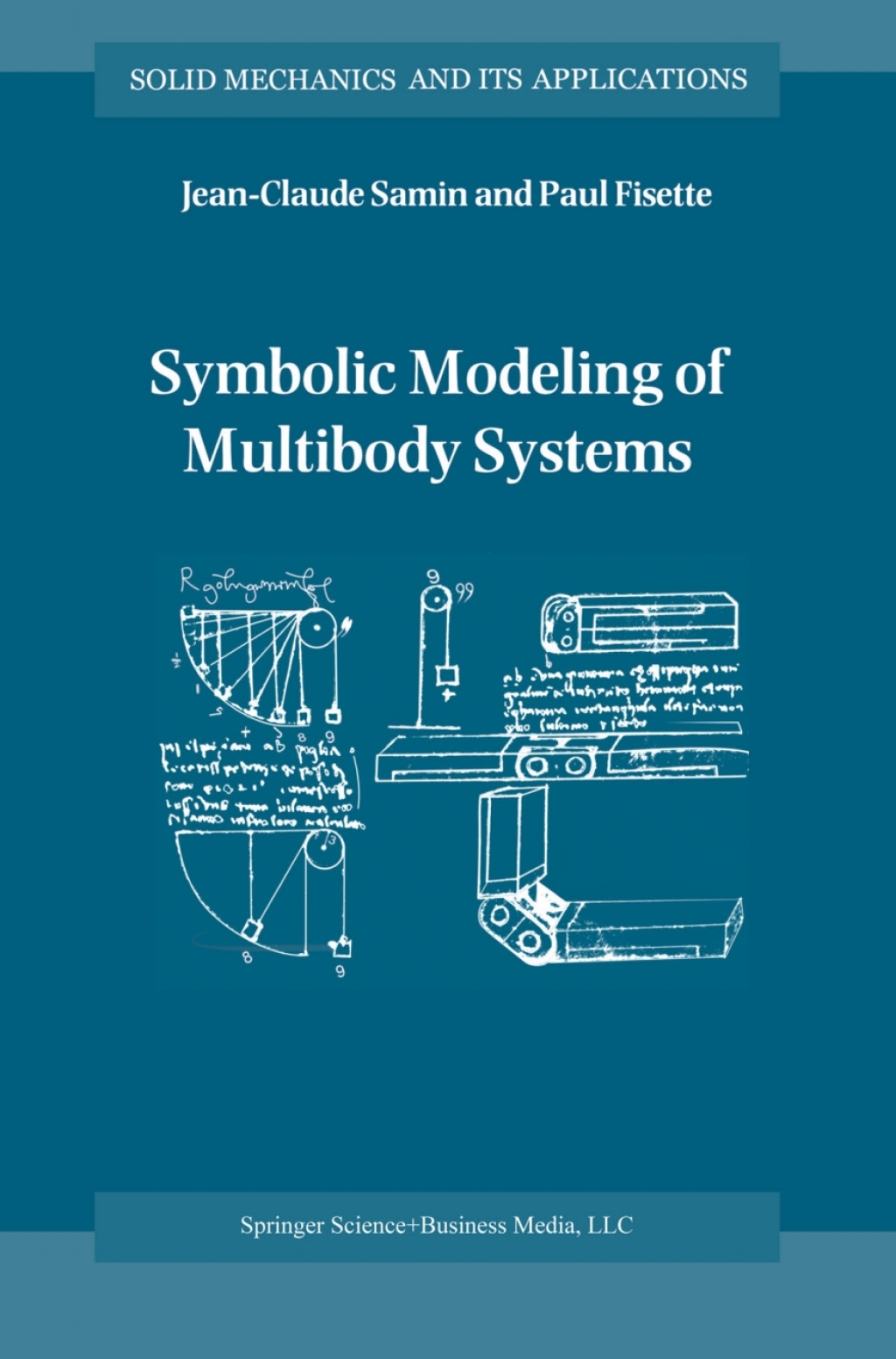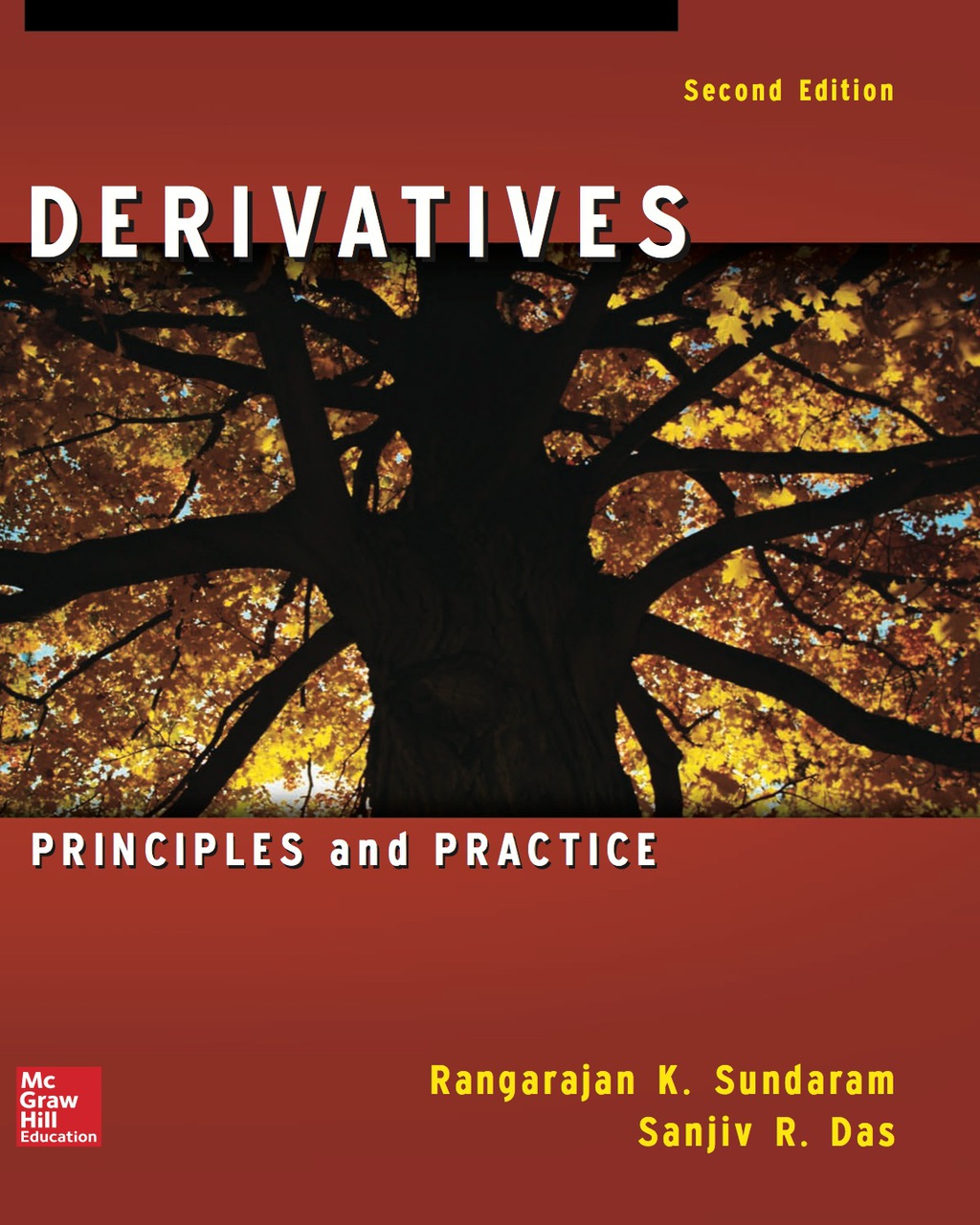Symbolic Modeling of Multibody Systems
Author(s): J-C. Samin; P. Fisette
Publisher: Springer
ISBN: 9789048164257
Edition:
$39,99
Delivery: This can be downloaded Immediately after purchasing.
Version: Only PDF Version.
Compatible Devices: Can be read on any device (Kindle, NOOK, Android/IOS devices, Windows, MAC)
Quality: High Quality. No missing contents. Printable
Recommended Software: Check here
Important: No Access Code
Description
Description
Modeling and analysing multibody systems require a comprehensive understanding of the kinematics and dynamics of rigid bodies. In this volume, the relevant fundamental principles are first reviewed in detail and illustrated in conformity with the multibody formalisms that follow. Whatever the kind of system (tree-like structures, closed-loop mechanisms, systems containing flexible beams or involving tire/ground contact, wheel/rail contact, etc), these multibody formalisms have a common feature in the proposed approach, viz, the symbolic generation of most of the ingredients needed to set up the model. The symbolic approach chosen, specially dedicated to multibody systems, affords various advantages: it leads to a simplification of the theoretical formulation of models, a considerable reduction in the size of generated equations and hence in resulting computing time, and also enhanced portability of the multibody models towards other specific environments. Moreover, the generation of multibody models as symbolic toolboxes proves to be an excellent pedagogical medium in teaching mechanics.
Related products
Symbolic Modeling of Multibody Systems
Author(s): J-C. Samin; P. Fisette
Publisher: Springer
ISBN: 9789048164257
Edition:
$39,99
Delivery: This can be downloaded Immediately after purchasing.
Version: Only PDF Version.
Compatible Devices: Can be read on any device (Kindle, NOOK, Android/IOS devices, Windows, MAC)
Quality: High Quality. No missing contents. Printable
Recommended Software: Check here
Important: No Access Code
Description
Modeling and analysing multibody systems require a comprehensive understanding of the kinematics and dynamics of rigid bodies. In this volume, the relevant fundamental principles are first reviewed in detail and illustrated in conformity with the multibody formalisms that follow. Whatever the kind of system (tree-like structures, closed-loop mechanisms, systems containing flexible beams or involving tire/ground contact, wheel/rail contact, etc), these multibody formalisms have a common feature in the proposed approach, viz, the symbolic generation of most of the ingredients needed to set up the model. The symbolic approach chosen, specially dedicated to multibody systems, affords various advantages: it leads to a simplification of the theoretical formulation of models, a considerable reduction in the size of generated equations and hence in resulting computing time, and also enhanced portability of the multibody models towards other specific environments. Moreover, the generation of multibody models as symbolic toolboxes proves to be an excellent pedagogical medium in teaching mechanics.



















